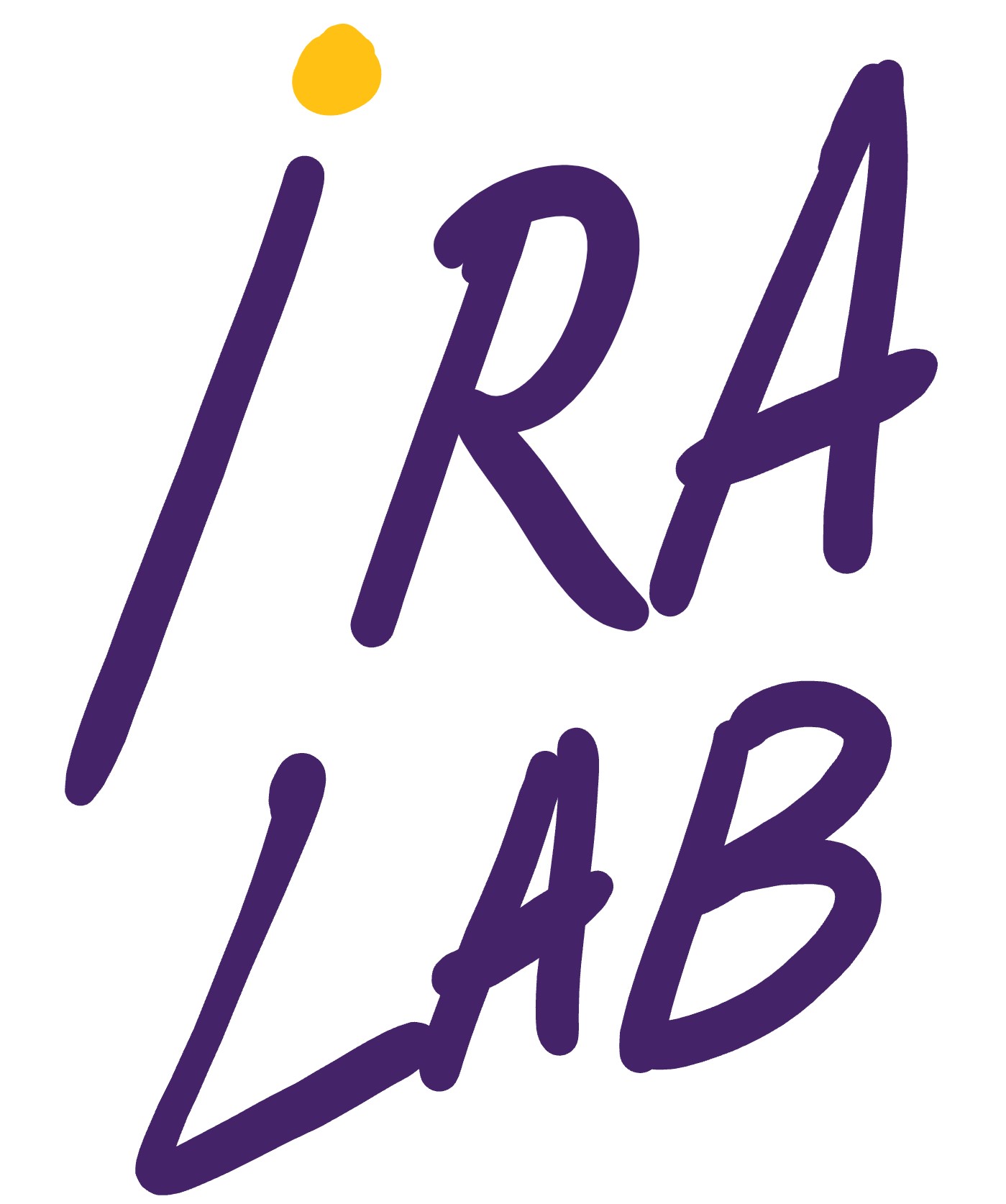   |
SIODISM - Scale-Independent Object Detection with an Implicit Shape Model, A. Furlan, D. Marzorati and D. G. Sorrenti, ICDP2009In this paper we propose an improvement to the Implicit Shape Model (ISM) based robust object detection system proposed by Leibe et al. Object detection with ISM allows to approach the classification and tracking in a probabilistic way with multiple hypotheses. Unlike the original approach, our method is independent from object scale in the training sets, and this allows to work with a much smaller training sets and also to avoid to supply information about scale to the trainer. This is done while maintaining the robustness of the original approach. Leibe et al. mentioned a potential solution to overcome the scale problem in the training set, i.e., the usage of the scale produced by the local descriptor. Our proposal is different and developed, up to the preliminary results presented in the paper; moreover, we believe the scale measure from local descriptors mentioned by Leibe et al. to be more noisy.Go to the project's page |

